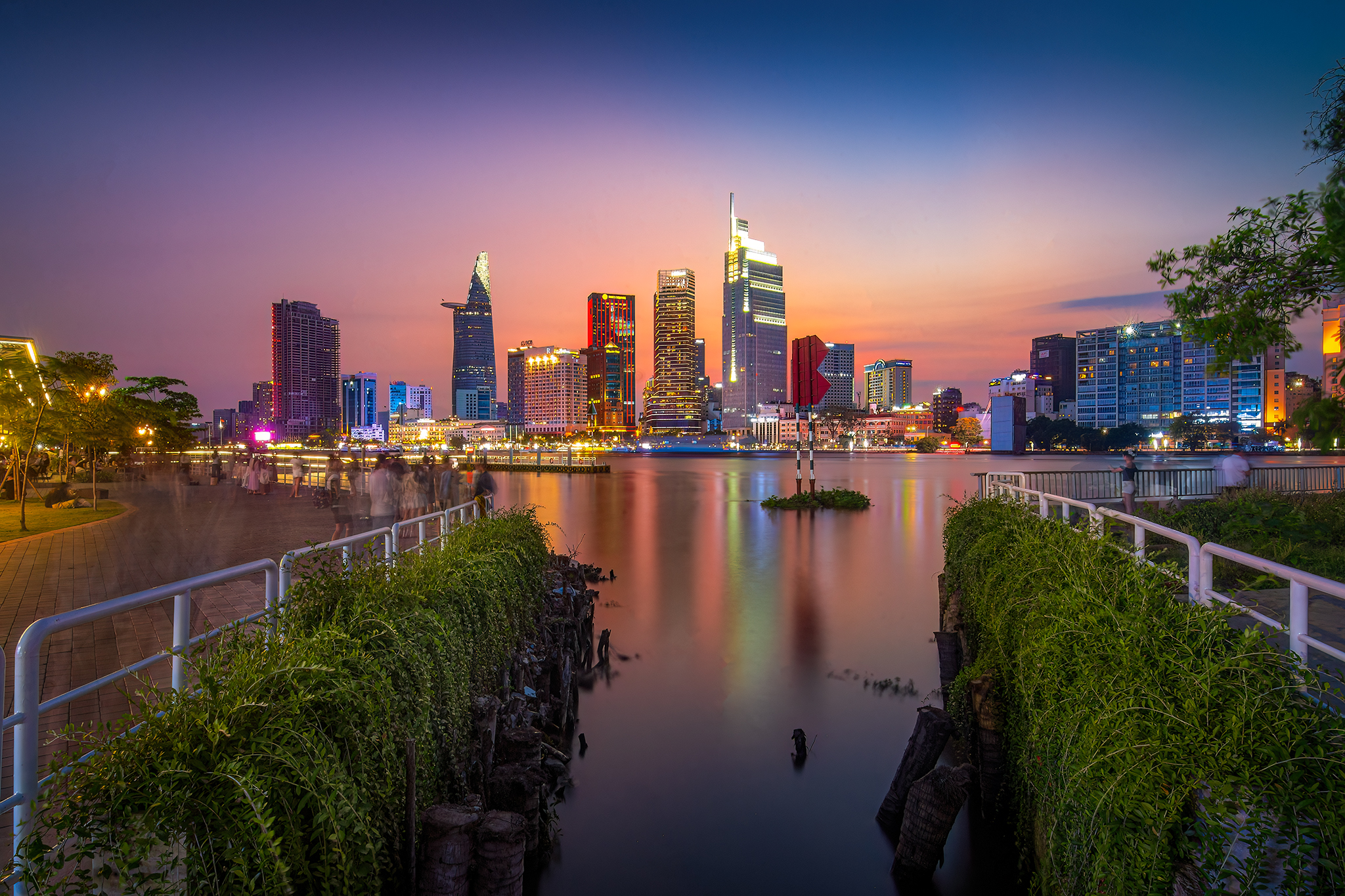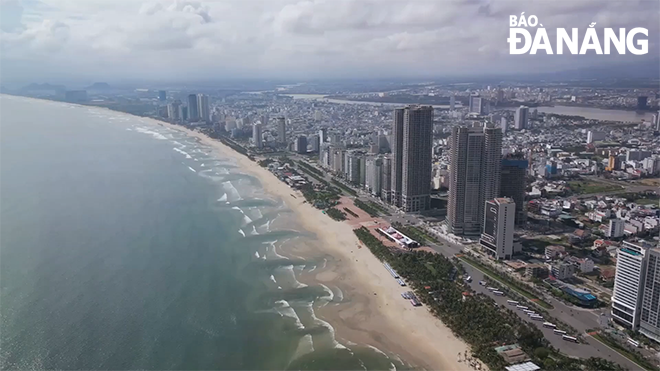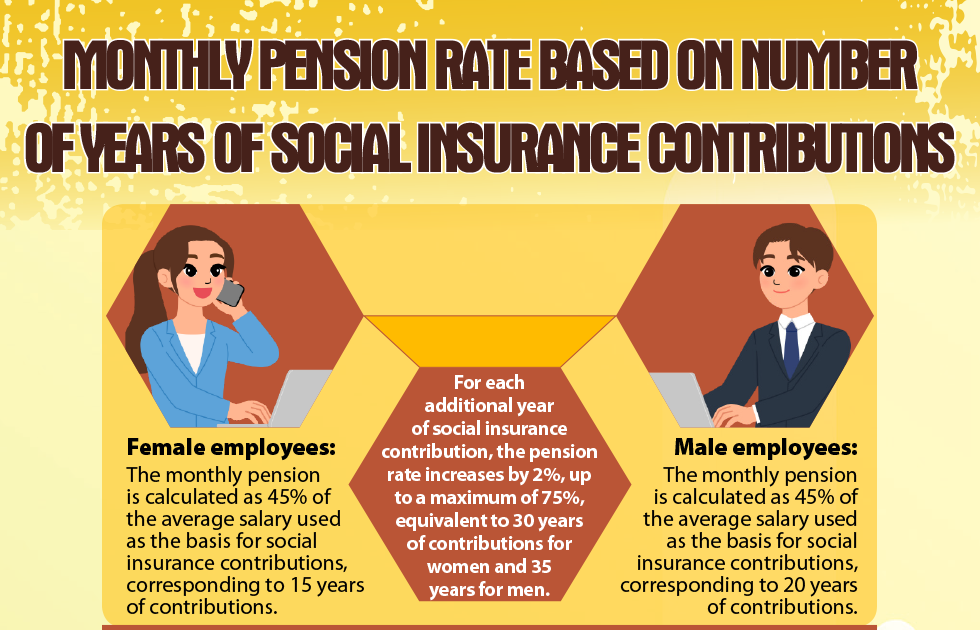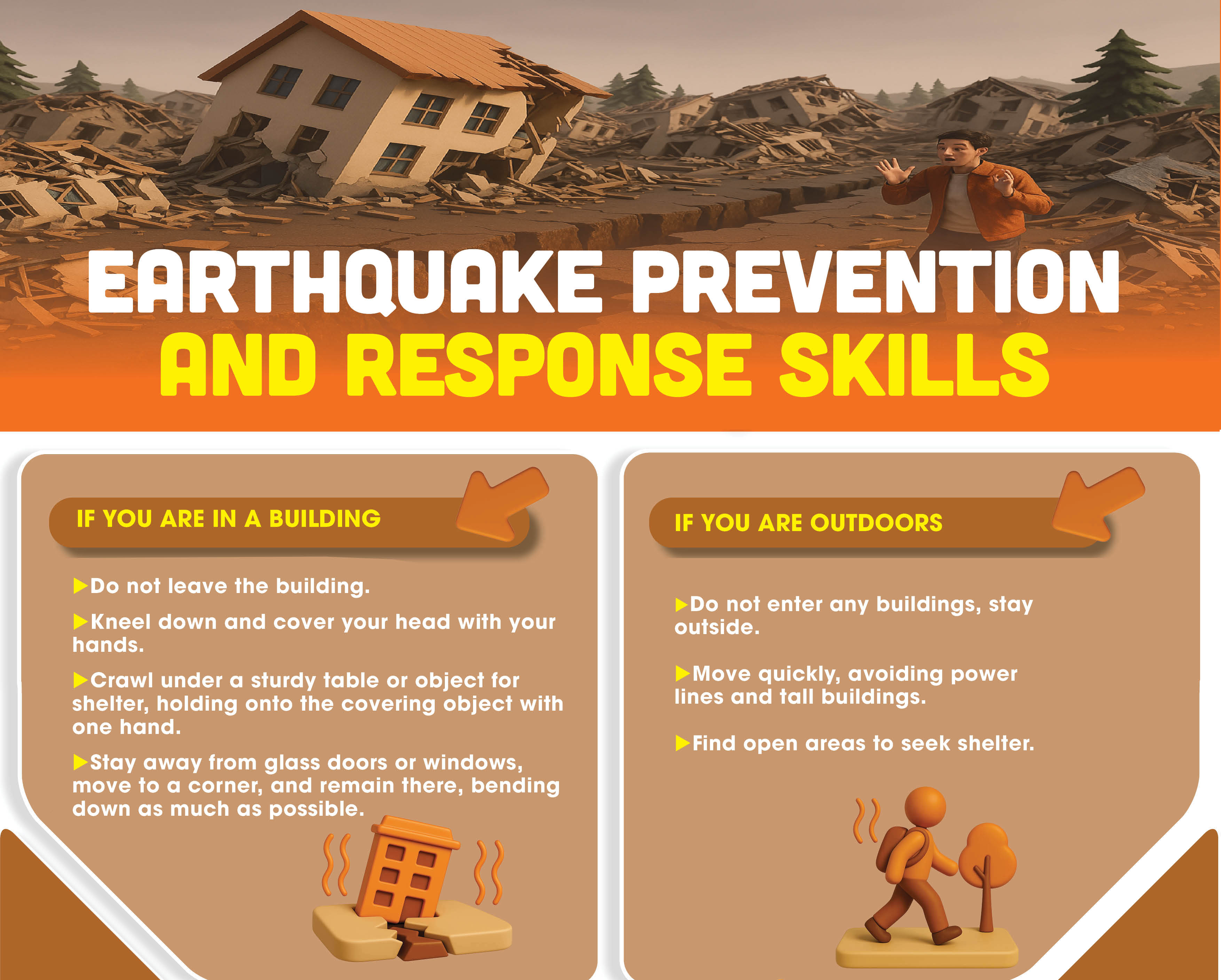Da Nang residents join efforts to protect coral reefs
Many individuals and organisations Da Nang-wide have joined hands with the local authorities in planting some suitable coral species and restoring the existing coral reefs in the waters off the Son Tra Peninsula. This work should be accelerated in the coming time to combat coral degradation due to many objective and subjective impacts.
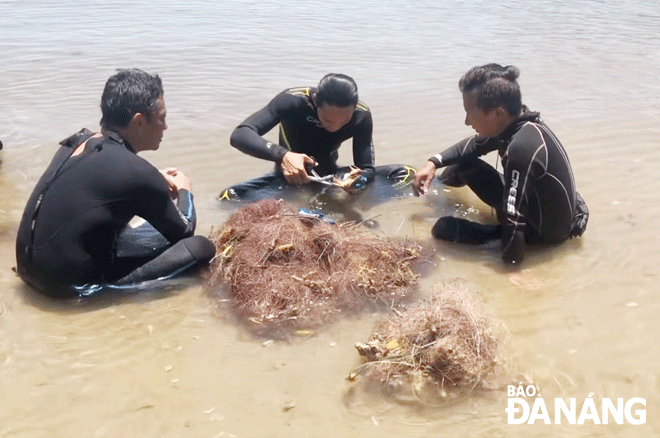 |
| Members of the Sasa Marine Life Rescue Centre collect ‘ghost nets’ from coral reefs in the waters off the Son Tra Peninsula to bring ashore. Photo: HOANG HIEP |
Declining living corals
Former Deputy Director of the Da Nang Department of Agriculture and Rural Development Nguyen Do Tam repeatedly expressed that it takes decades for a coral branch to grow 10 - 20cm high, but tourists’ scuba diving or boat anchoring can also break many coral branches, ruining many years of its development.
In a great effort to call for the community's cooperation so that the Son Tra Peninsula soon becomes a green highly-inviting venue, at the end of July 2022, the Management Board of Son Tra Peninsula and Da Nang tourist beaches in collaboration with the Sasa Marine Life Rescue Centre jointly organised a seminar on coral reefs in the waters off the Son Tra Peninsula.
Here, Mr. Le Chien, the founder of Sasa Marine Life Rescue Centre said that coral reefs in Ghenh Ban area (Da Ban site) covering a stretch of about 2km2 have been seriously reduced due to the main impact of storms in recent years, especially strong storms and super typhoons in 2020 and 2021. Other coral reefs are also affected by human impacts. .
“Over the years, our diving team has collected and brought more than 25 tonnes of trash from coral reefs ashore, including many 'ghost nets', fishing nets that have been left or lost in the ocean by fishermen. But there are currently about 100 tonnes of ‘ghost nets’ stuck in coral reefs, which requires skills to collect these nets whilst ensuring the safety of corals and divers. Such a tough task takes a lot of time and effort. Along with that, we have cultivated 39,000m2 of coral with a great value,” shared Mr. Le Chien.
According to the assessment of changes in coral reef ecosystems in Son Tra and Cu Lao Cham areas, by a group of Vietnamese experts, over the past 21 years, living coral reefs in the Son Tra area have decreased by 37.65%.
The above-mentioned research results are calculated by the experts based on remote sensing and GIS image data, processing satellite images, classifying the bottom base in combination with field surveys, measuring the characteristics of the bottom and depth.
The area of living coral has been lost a lot, especially in the northern part of the Son Tra Peninsula with more than 64% of the area in Da Ban basin and more than 63% of the area to the west of Bai Bac site.
Research results also show that the area of living coral has increased again over the last 5 years with a rise of more than 24% in Bai But, Mui Gio and 50% in Hon Sup.
The decline of live coral occurs in all coral reefs, whilst recovery or new formation is not enough for coral reefs to return to their original state.
The decline in the area of the coral reef is driven by both natural causes and human activities. Da Nang is located in an area affected by storms and floods, so coral reef ecosystems are easily destroyed by sediments from the mainland, sweetened by rain and floods, and strong waves due to storms.
In addition, the phenomenon of increasing sea temperature is also one of the important causes affecting the decline of coral reefs. The over-exploitation of fishery resources and the use of fishing gear is considered to be the main cause of the destruction of coral reefs.
Zoning, effective management, handling ‘ghost nets’
Authors group Nguyen Van Khanh, Hoang Minh Thien and Duong Cong Vinh suggested that the city should implement zoning and protection of coral reefs, including reasonable exploitation area, ecological restoration area, strict protection area, raising community awareness, especially calling for the participation of local fishing communities in co-management, linking fishing interests with conservation obligations.
Since 2018, although Sasa Marine Life Rescue Centre has carried out planting and rescuing coral reefs and coral reef restoration activities require skilled human resources, technology to perform, large financial resources and long implementation time. Therefore, zoning and management must be highly effective to minimise human impacts on coral reefs to give the ecosystem time to reach full recovery. At the same time, it is high time to have scientific research and evaluation to develop appropriate management approaches and strategies for the locality.
According to the Management Board of Son Tra Peninsula and Da Nang tourist beaches, over the past time, the city's functional units have handled the situation under which tourists illegally diving and watching coral off Son Tra District. Besides, it is a need to raise public awareness of ensuring environmental sanitation.
Recently, The management Board coordinated with the Maritime Search and Rescue Coordination Centre Region 2, the Da Nang Sup Club and Sasa Marine Life Rescue Centre to launch the programme ‘Cleaning the bottom sea’ at the coral reef area at Hon Sup and collected more than 100kg of ‘ghost nets’ and various types of waste. The event aimed to call on the whole community, especially those with good health and diving experience, to join the team for the handling of ‘ghost nets’ at coral reefs off Son Tra.
Reporting by HOANG HIEP - Translating by A.THU


